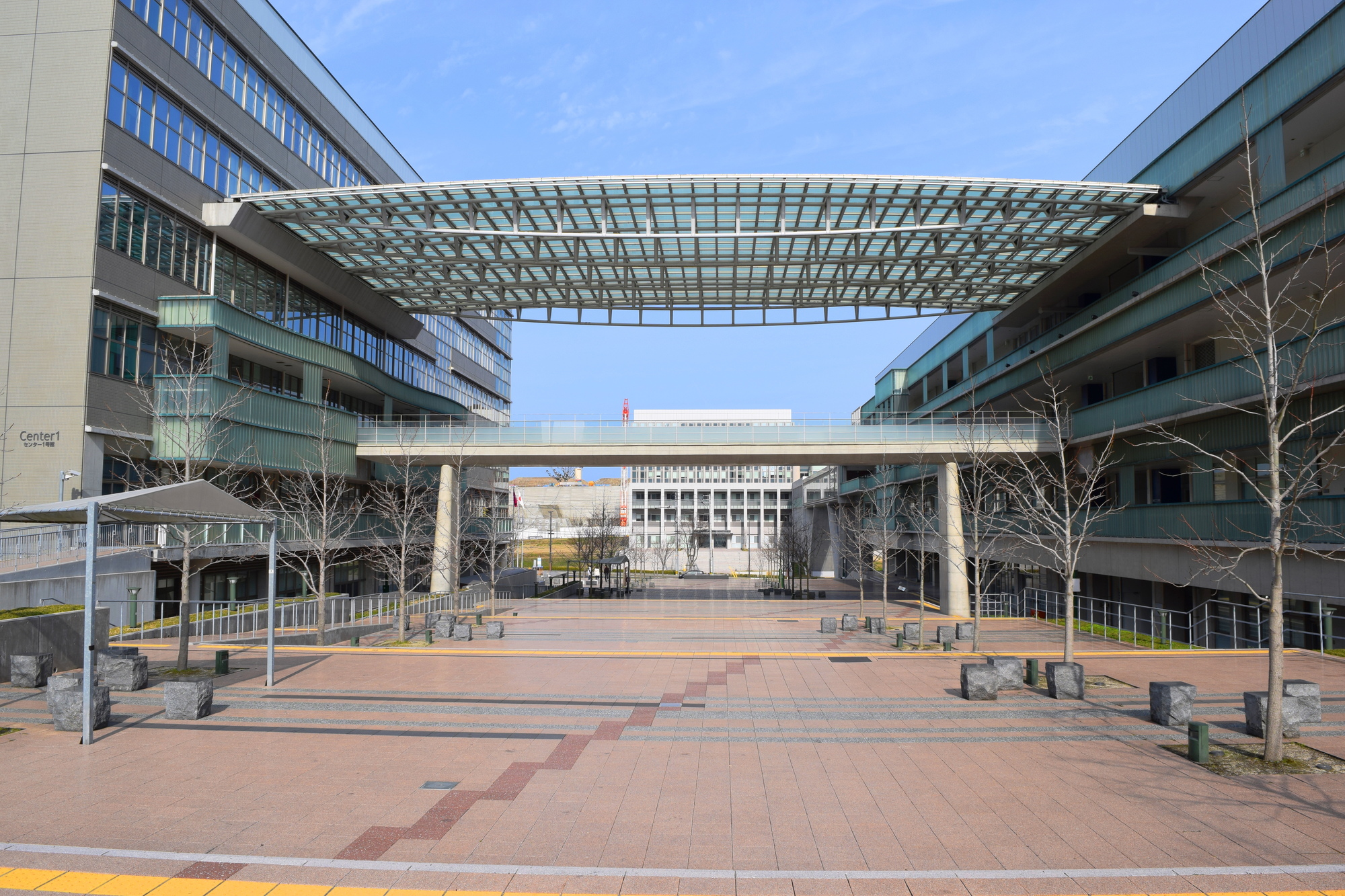Research groups at Kyushu University and the University of Tokyo have succeeded in developing a low-molecular-weight compound that selectively suppresses the production of IL-31, a major itch-inducing substance in atopic dermatitis.
In previous studies, this research group found that IL-31 produced by helper T cells is an important substance that conveys the itching sensation of atopic dermatitis to the brain, and that it is a transcription factor for the production of IL-31. It has been clarified that EPAS1 is involved. Since the EPAS1-IL-31 pathway is considered to be an effective drug discovery target for suppressing the production of IL-31 and suppressing itching, we targeted 9,600 compounds provided by the University of Tokyo Drug Discovery Organization this time. Screening targeting this pathway was performed.
As a result, it was discovered that a compound named IPHBA inhibits the production of IL-31 by helper T cells and suppresses the scratching behavior of mice.On the other hand, IPHBA did not affect the expression of other genes and was found to have an IL-31 selective inhibitory effect.
Furthermore, similar effects were observed not only in the mouse model but also in helper T cells derived from patients with atopic dermatitis.Helper T cells in patients with atopic dermatitis produced a larger amount of IL-31 than those who did not develop atopic dermatitis, but the addition of IPHBA suppressed the production.On the other hand, it was confirmed that it did not affect the production of IL-2, which is important for the overall immune response, and it was found to be promising as a therapeutic drug seed with a low immunosuppressive effect.
Therefore, as a result of synthesizing about 200 analog compounds based on the structure of IPHBA and examining the structure-activity relationship, we succeeded in developing a compound that can suppress the gene expression of IL-31 more strongly than IPHBA.
This result is expected to lead to the realization of a new treatment to eliminate itching of atopic dermatitis from the root.
Paper information:[Journal of Allergy and Clinical Immunology] Targeted inhibition of EPAS1-driven IL-31 production by a small-molecule compound


